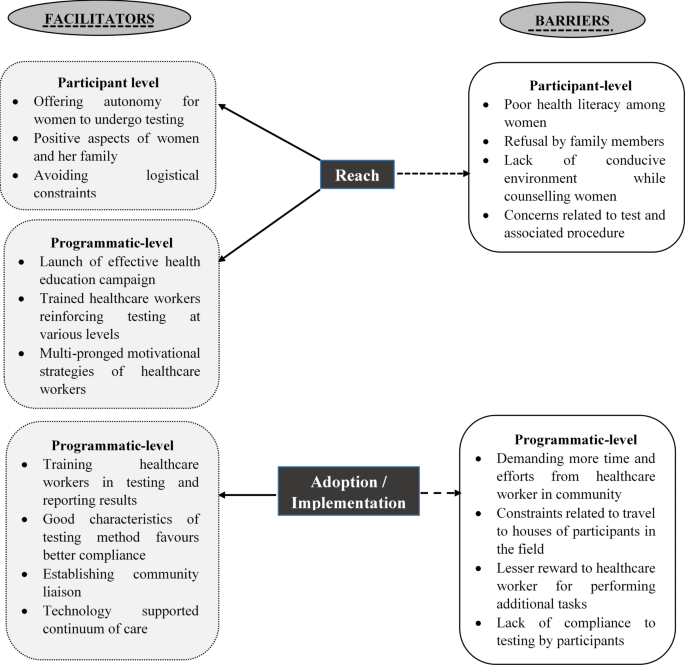Senior living operators' efforts toward making residents feel 'at home' is working: report - McKnight's Senior Living
Senior living operators have done their homework in meeting the needs and desires of an evolving customer base, creating a sense of home for their residents while increasing satisfaction rates, according to the findings of a new study by the American Seniors Housing Association.
ASHA released its “2025 Independent and Assisted Living Feel at Home Report” report last week. The report details results of a study, conducted by ProMatura on behalf of ASHA, of more than 4,500 independent living and assisted living residents from 47 communities in 22 states. The research looked at how “at home” participants felt in their communities and what factors contributed to that feeling.
Overall, the survey found that the sense of “feeling at home” increased from 2013 and 2015 surveys. In fact, 83% of independent residents and 73% of assisted living residents said they felt at home in their communities all of the time. Twenty-seven percent of assisted living residents and almost 20% of independent living residents said they sometimes, rarely or never feel at home, however.
ASHA President and CEO David Schless told McKnight’s Senior Living that he was “pleasantly surprised” at the data, despite the industry’s continuing challenging labor environment. He said the concept of feeling at home was not front-and-center with most operators when ASHA conducted its earlier surveys, but he said the latest results were “enlightening” for all.
“At the end of the day, what you see is, when you’re very intentional about making residents and their family members feel at home, it’s impactful, and it affects their satisfaction,” Schless said. “The industry has opportunities to do better, and I think each operator has opportunities to think about how they can do this better with their residents.”
Successful communities, he added, have a culture that starts with the executive director and permeates through the building, making people feel welcome by fostering social connections and friendships.
“That is really the secret sauce of highly successful communities,” Schless said. “All of the positive things about senior living, in terms of performance, flow from doing this really well.”
For independent living residents, four factors contributed to the sense of feeling at home in their community: confidence in choosing the right community (33%), a strong sense of camaraderie with other residents (21%), the belief that they are getting a good value for their money (15%), and satisfaction with their private residence (14%).
Similar factors influenced assisted living residents in feeling at home, including satisfaction with their choice of community (32%) and private residence (22%), friendships developed in the community (12%) and the ability to decorate their residence to their tastes (21%).
“Knowing that these attributes are of high importance to residents and impact their sense of feeling ‘at home,’ senior living owners and operators should use this information to help guide community design, staff development, programming and even day-to-day interactions between residents and staff,” the report concluded. “Attracing and retaining residents who feel at home and who think, ‘Yes, I would choose this community again’ is a worthwhile goal for providers in all types of senior living communities.”
The most-desired amenity in communities, both for independent living and assisted living resident respondents, is a swimming pool, whereas more closet space and gathering spaces were also important. Approximately 40% of residents from both settings said they participated in one to three community activities weekly.
Technology also is important to residents who participated in the research, with 86% of independent living respondents and 76% of assisted living respondents saying that technology either was essential or desirable in their community.
Topping resident tech wish lists are better cable TV choices, faster and more reliable WiFi and IT tech support.
Copies of the report are available for purchase at ASHA’s online bookstore.












